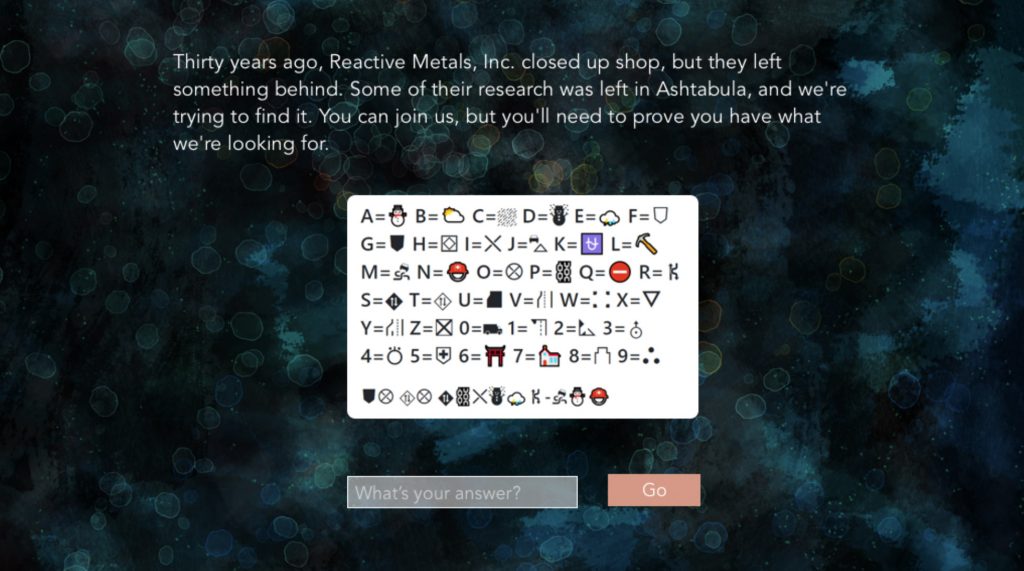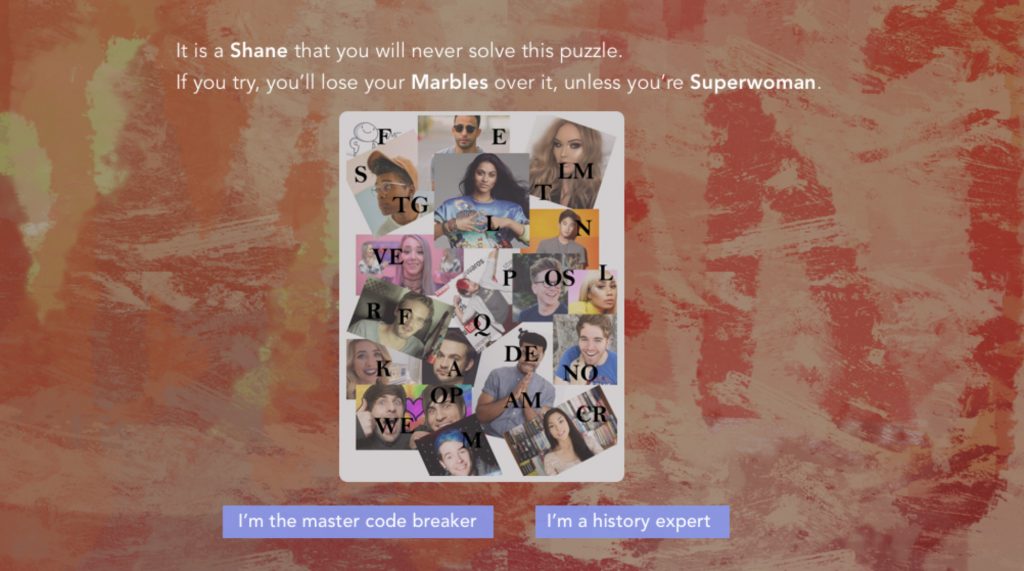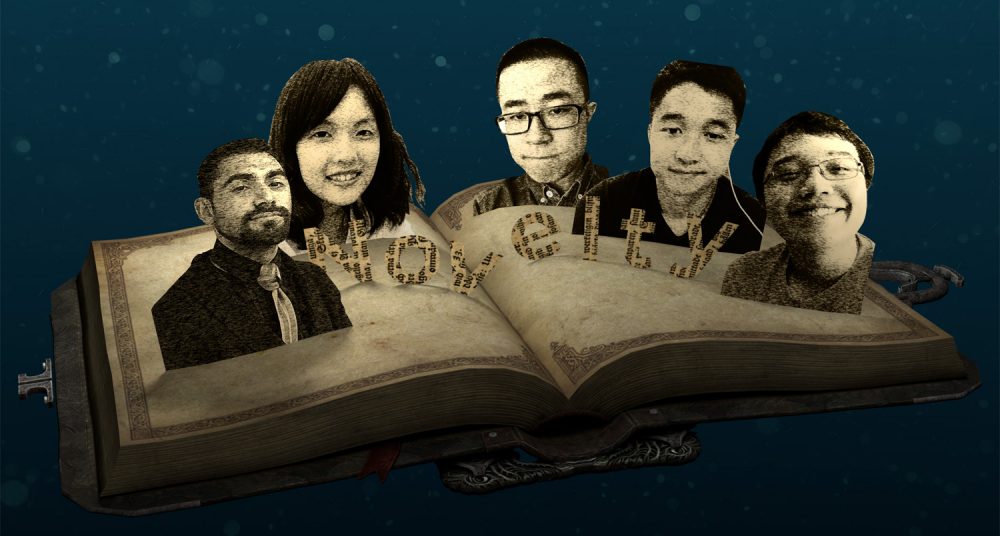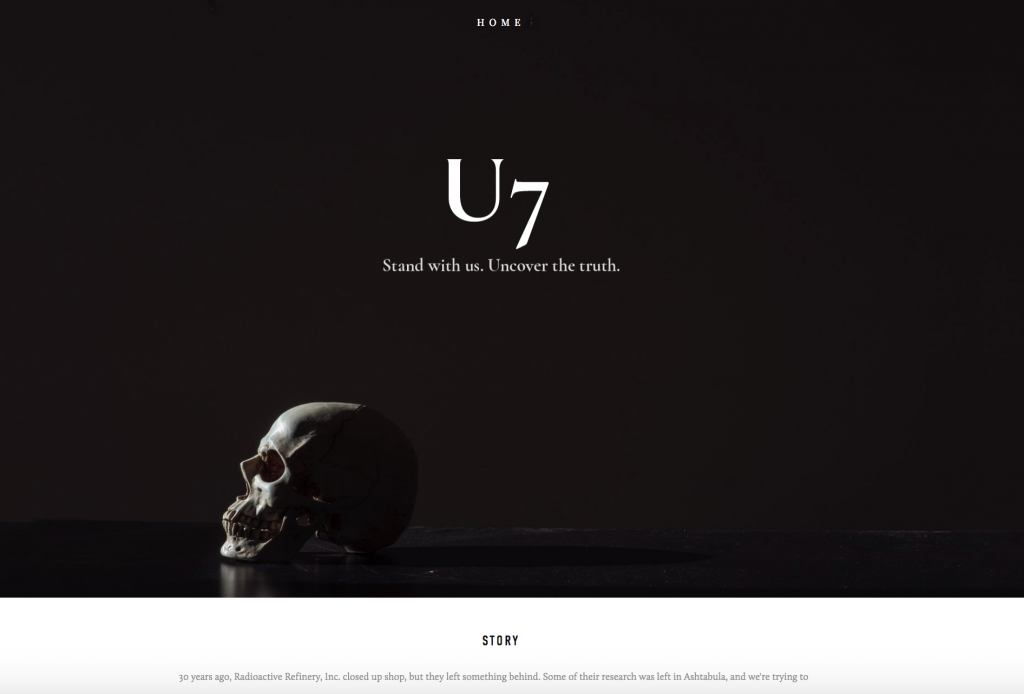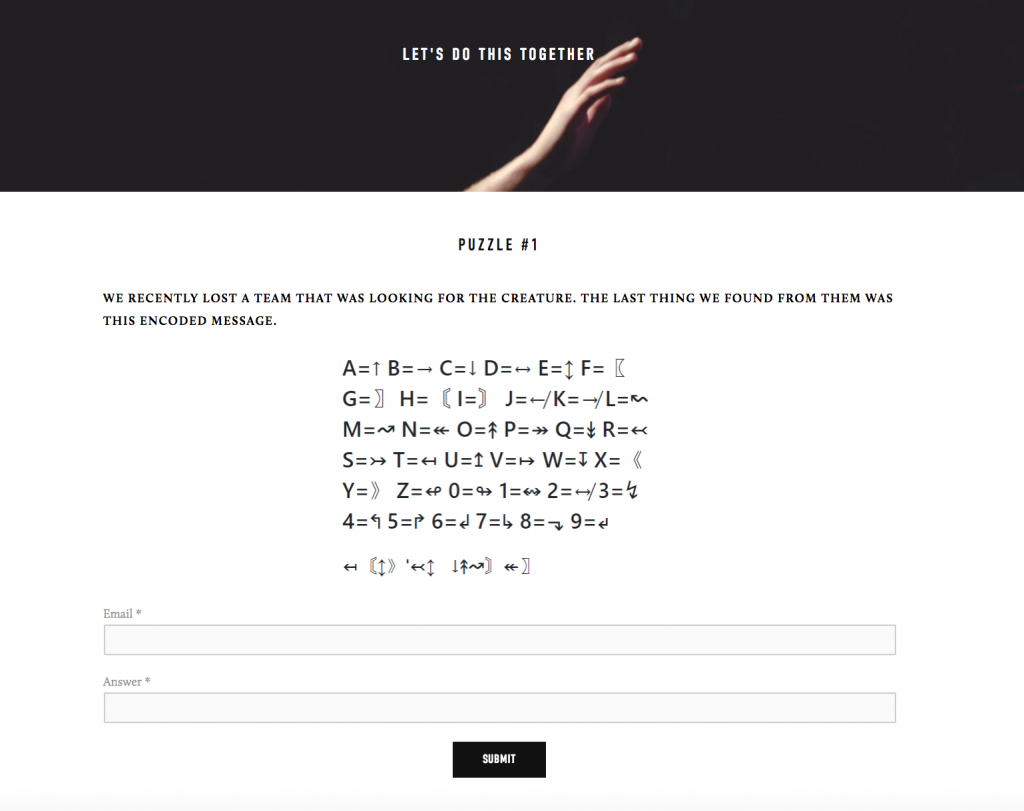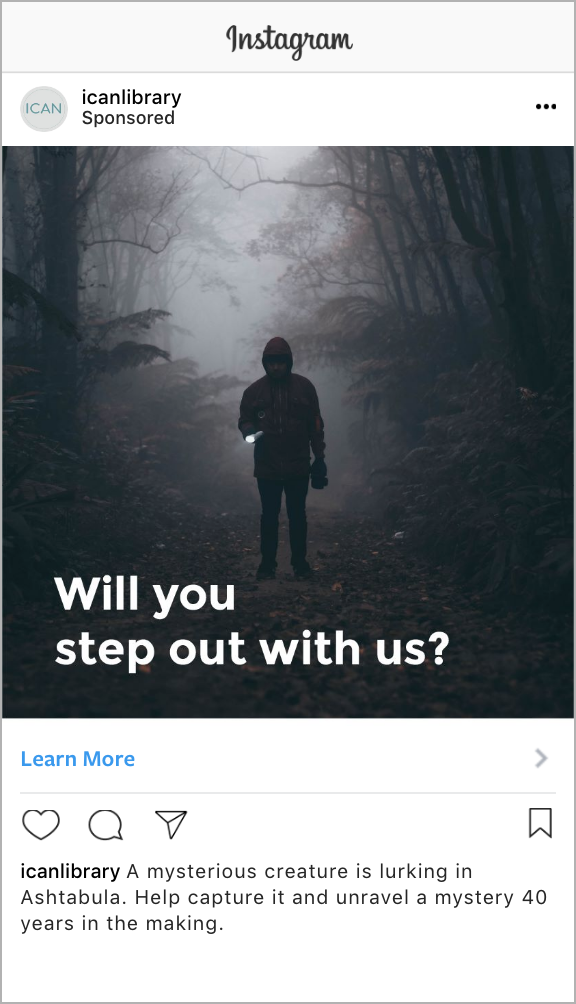Part of our team were out for GDC2018 this week. The remaining members at Pittsburgh worked to improve our interface, made new iterations, and prepared for next week’s mid-semester presentation (a.k.a. halves).
Realizing the game customization tool must meet high usability standards, we improved on the basic interface prototype which the programmers have been working on. Our UI designer had an in-depth discussion with our game designer and programmers, starting to produce a brand new mock up for the tool interface with the goal of balancing function and simplicity.
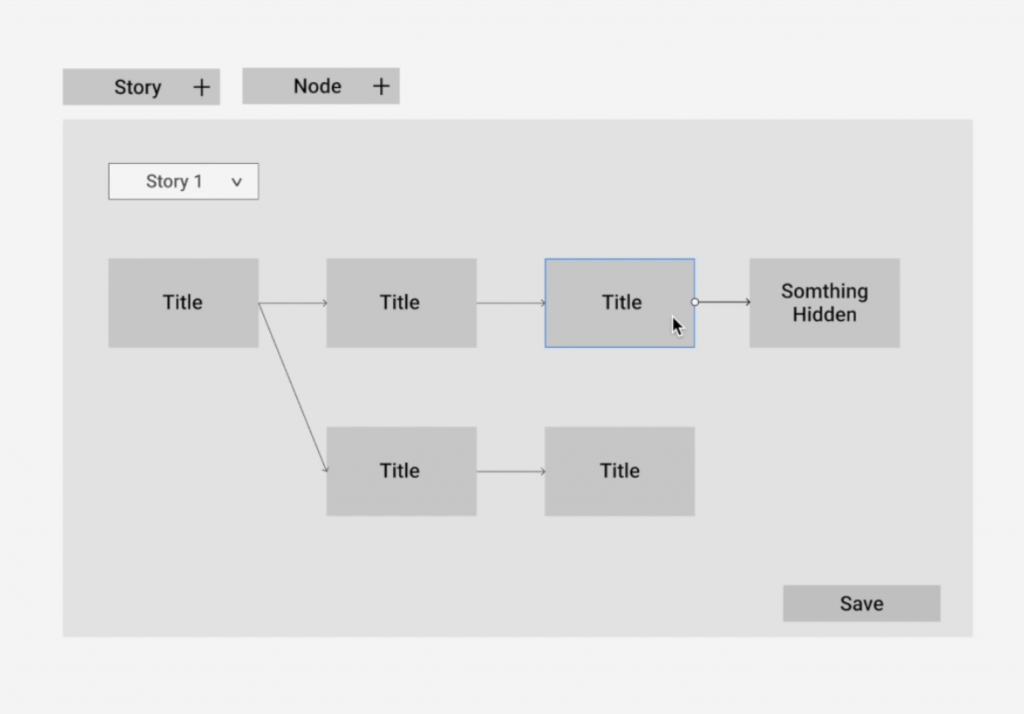
We also visited Edgewood High School in Ashtabula again to playtest our newest prototype #3. This version features so far the most teen “curated” themes, based on the interests we learned from them. For instance, one of the puzzle requires recognizing some of the trendiest young youtubers. It might prove challenging to people of a different generation — such as ourselves. Haha. But perhaps the most shining feature of this iteration is a story behind the puzzles, about a fictional mystery surrounding an old reactive metal plant from actual Ashtabula local history. Our design did careful research to piece together this narrative, hoping to both appeal to the teens and stay relevant to the community where they come from. The result of the playtest showed consistent correlation between difficulty of puzzles and the motivation they generated in teens. The current adjusted challenge curve seemed to work better than before. However, we still had a lot to do with “hooks”. Analytics showed that the some playtesters landed on the website but they didn’t proceed.
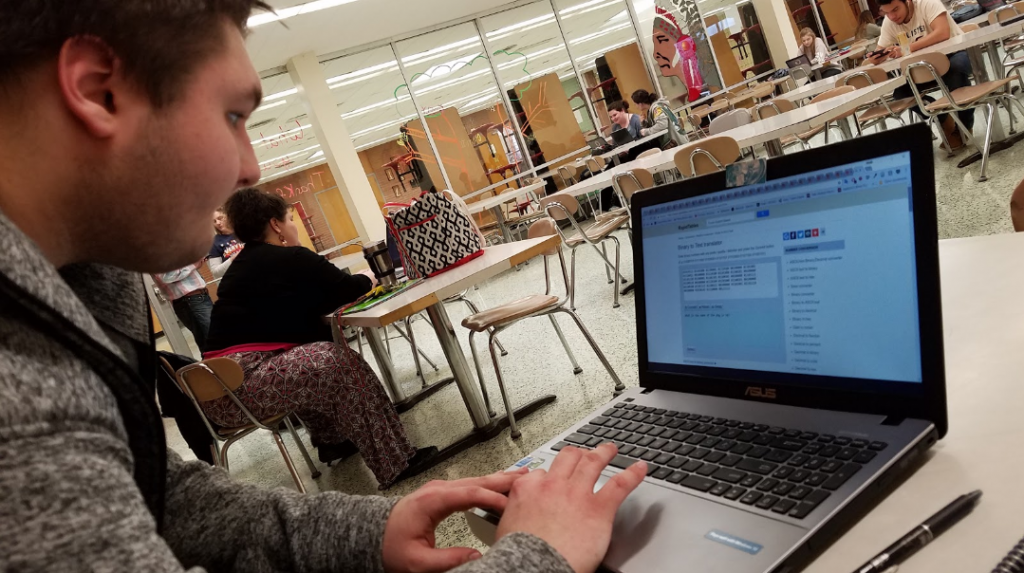
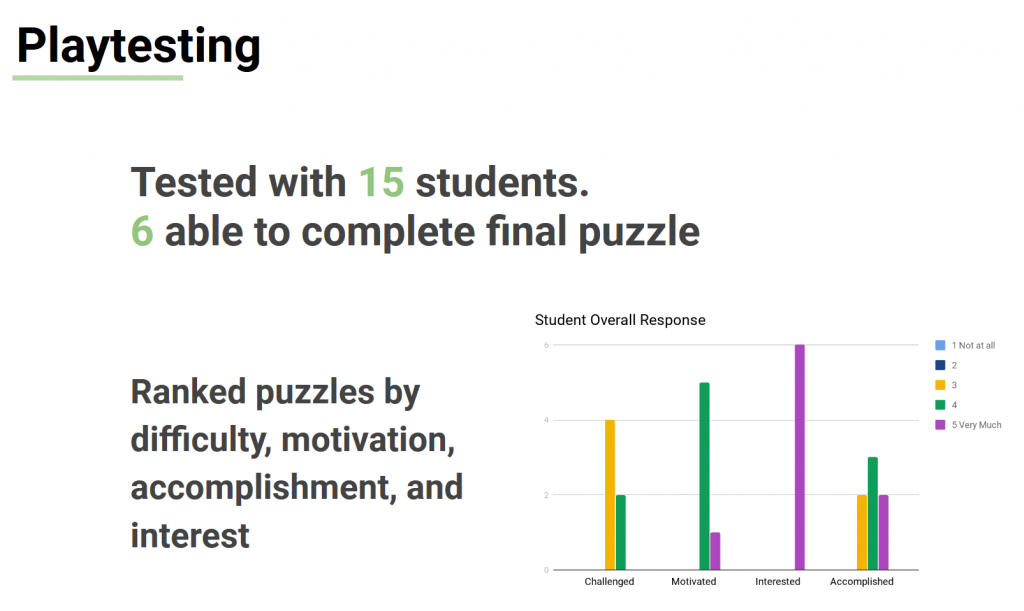
Playtesting feedback also pointed to the currently crude look of our online puzzles. To address this, we began to redesign the look of our puzzle website and rethink how to streamline the interaction so that it will be consistent and intuitive for both the players and librarians who will be customizing these web pages in the future.
